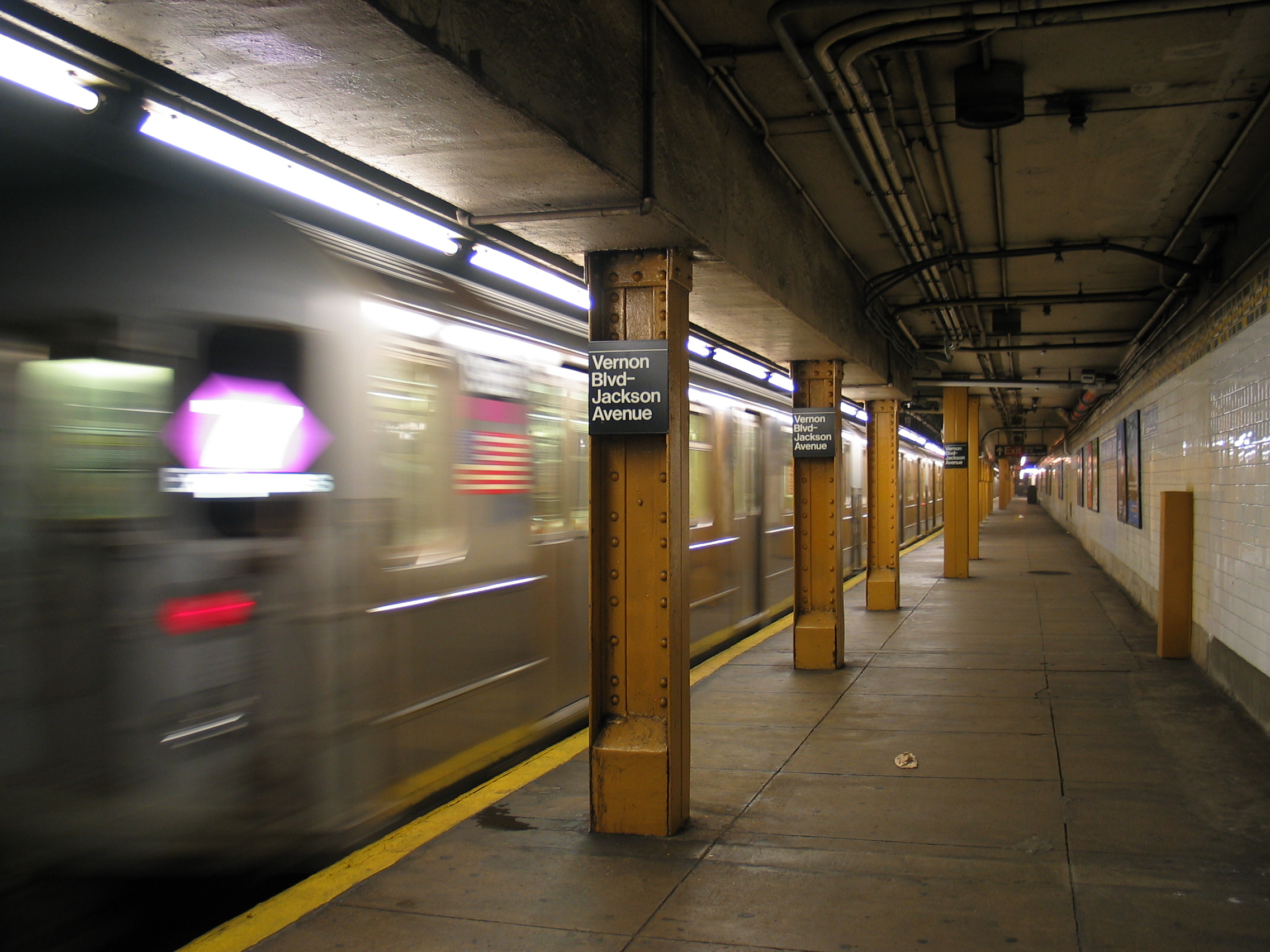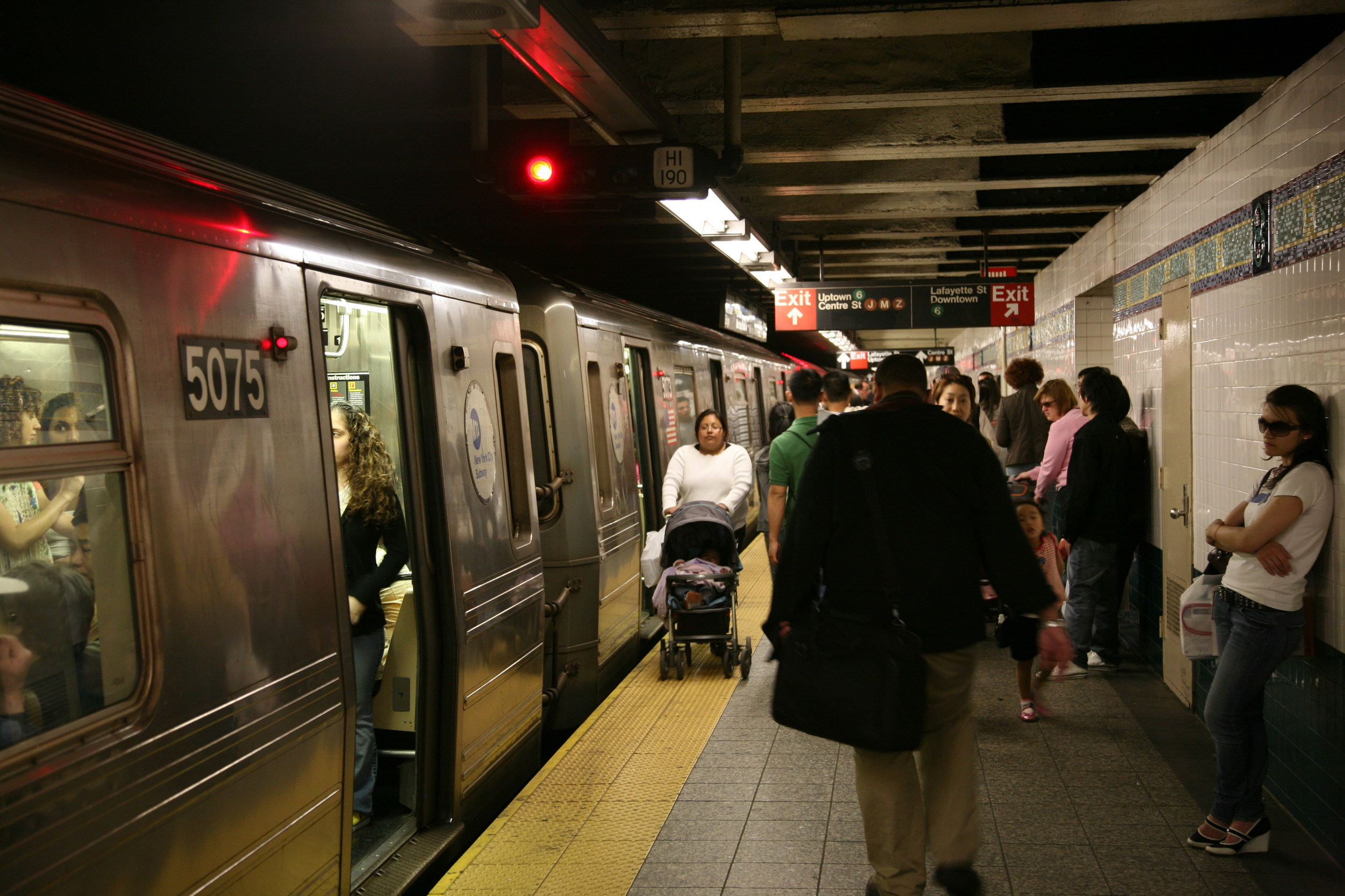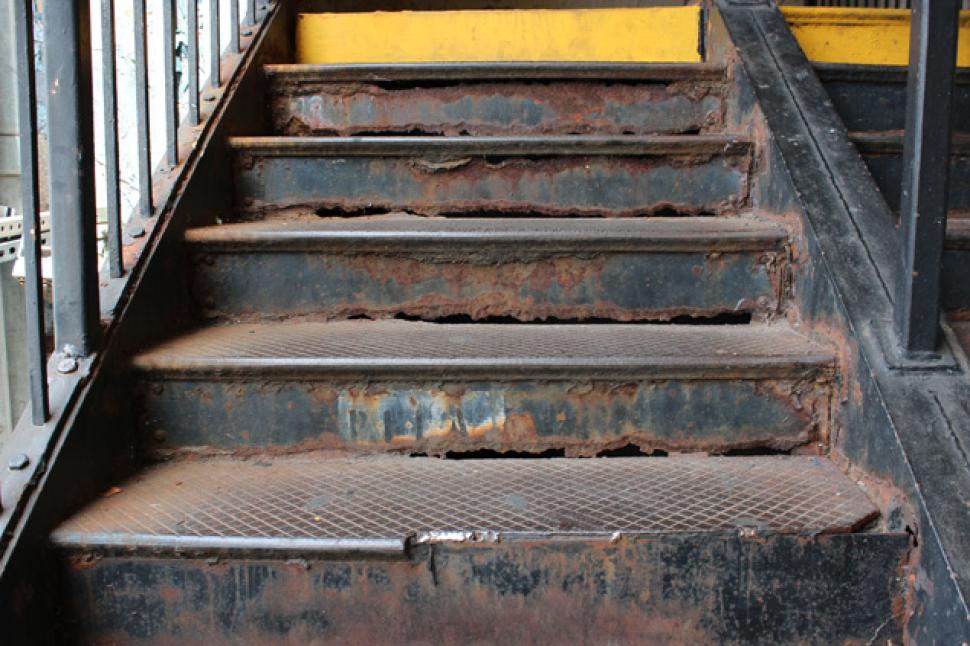SAE KIM
curated patterns of thoughts and behavior
PRIMIS [Privately Maintained and Intervened Station]
We believe that public transit should be safe, clean, and profitable. We believe that it should also provide its users a pleasant experience for making them want to use it rather than have to use it. However, many mass transit systems around the world rely on public subsidies, such as tax, and advertisement fees for generating revenues that can barely cover operation/maintenance cost. Over time, the cost of maintenance/operation naturally increases making it more difficult for public transit to be self-sufficient. How can we call mass transit a sustainable future if it cannot be sustained?
Primis is an innovative and economically-viable design proposal that transforms run-of-the-mill subway platforms into vibrant and engaging public places. Primis' goal is achieved through partnering with a diverse range of private companies and non-profit organizations -- from restaurateurs and retailers to colleges and museums -- to create experiential marketing installations that fit within the narrow confines of a subway platform. Rather than waiting for extra revenue to be made for beautification of the public transit system, Primis promotes one-of-a-kind user-experience as a means of generating profit.
Each installation is uniquely designed to reflect the brand or values of a specific group without explicitly marketing a product or service. These extraordinary spaces provide private companies and organizations with the opportunity to capture the interest and imagination of the tourists, students and commuters waiting on the platform while also improving the quality of the built environment.
Our design guidelines ensure that each experiential marketing installation truly transforms a platform, making it a pleasant and welcoming place without compromising the safety or efficiency of the transit system. By designing installations that can be quickly assembled and disassembled, Primis allows stations to provide uninterrupted service between installations. Such adaptability of the model guarantees that the platform and user experience remain dynamic and engaging.
Primis’s creative and adaptive designs allow private groups to play a role of providing an interesting and enriching transit experience in a way that works well for them. By leveraging underutilized transit platforms to create new real estate and placemaking opportunities, Primis provides beautiful and profitable public spaces for all to enjoy.
CONTEXT
Many cities, states and transit authorities partner with private entities to improve their subway systems. Traditional public-private partnerships distribute risks and revenues associated with the design, financing, construction, maintenance and operation of a public transit system between stakeholders.
However, this model often requires a significant long-term commitment from private parties and can take years to develop. This model also limits private investment and involvement in public transit to specific sectors such as design, finance, construction, maintenance and operation.
Companies and organizations outside of these sectors that may want to engage with the public transit system are therefore constrained to advertising through small-scale, two-dimensional advertisements, such as posters or multi-media screens. These advertisements do little to enrich the user experience on the platform or in the subway cars or concourses and can create a cluttered or chaotic environment.
Some governmental organizations try to address the lackluster nature of subway stations and platforms by providing spaces for public art. However, such initiatives can be costly, and they still can limit the user experience.
Today, many subway systems in the United States suffer from poor funding, maintenance and operation. System managers tend to prioritize these issues over others; as a result, user experience often falls behind by the wayside.
JOIN THE CONVERSATION
Primis proposes leveraging public assets and private and non-profit business and design expertise to deliver a more dynamic public transit experience for all.
Our team has developed a detailed proposal that outlines the many ways in which the Primis, as a model, can benefit the public, private, and non-profit sectors.
This proposal provides a thoughtful analysis of the social, economic and business interests of public, private, and non-profit stakeholders. It also includes a series of platform design schemes to suggest the ways in which different private and non-profit parties might utilize the Primis model to promote their brand or values through experiential marketing.
We look forward to connecting with groups from the public, private and non-profit sectors to share the ways the Primis model can further your vision for your city, company or community.
We also welcome business and design input from the public, private and non-profit sectors.
To learn more or join the conversation, please contact Sae Kim at sae.kim@skeema.space







